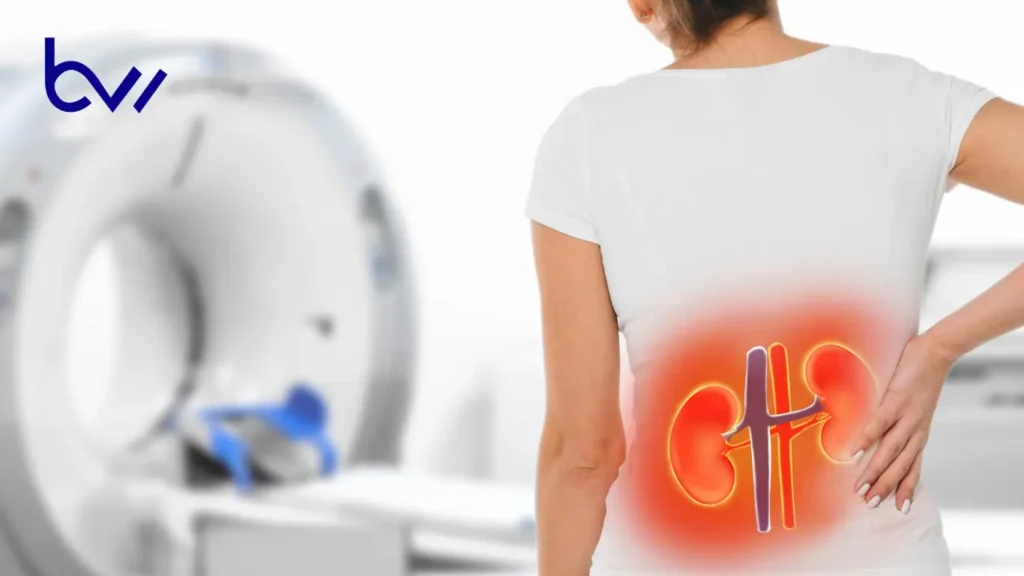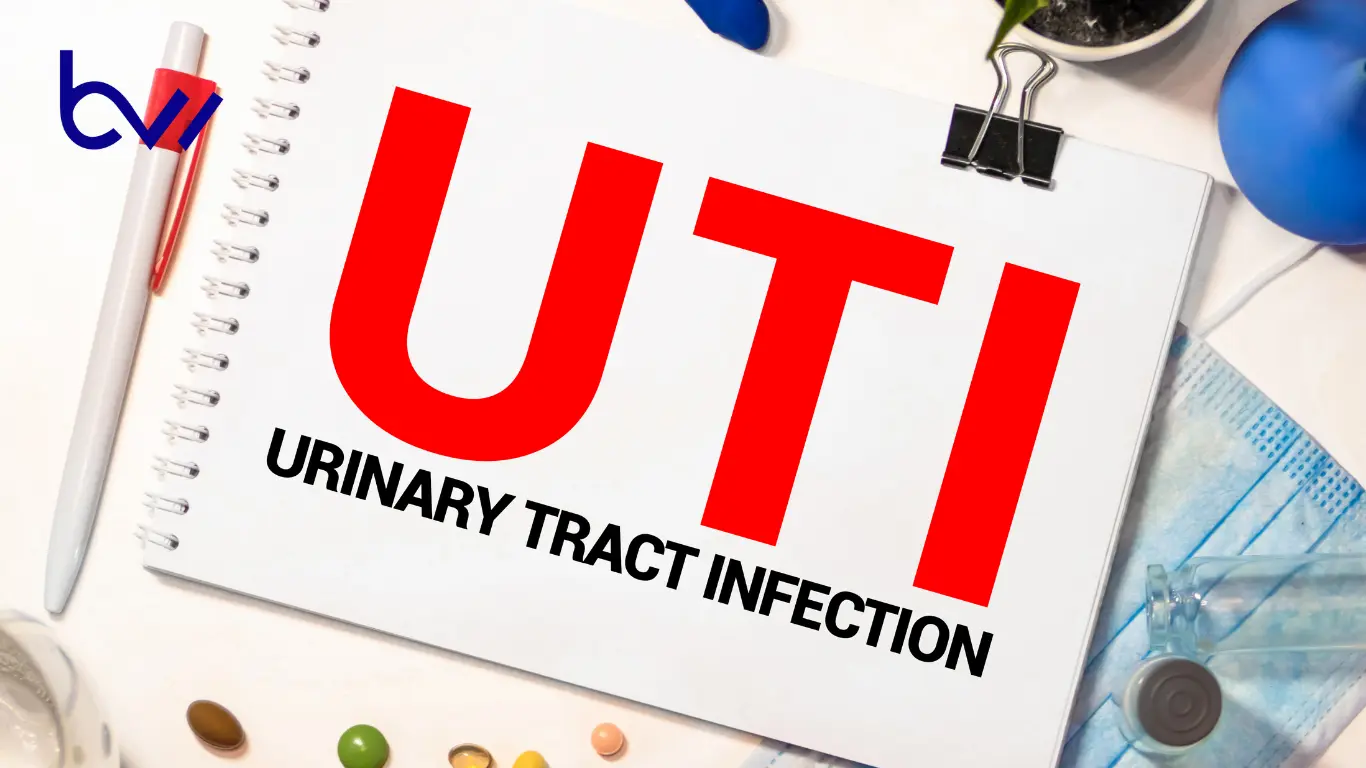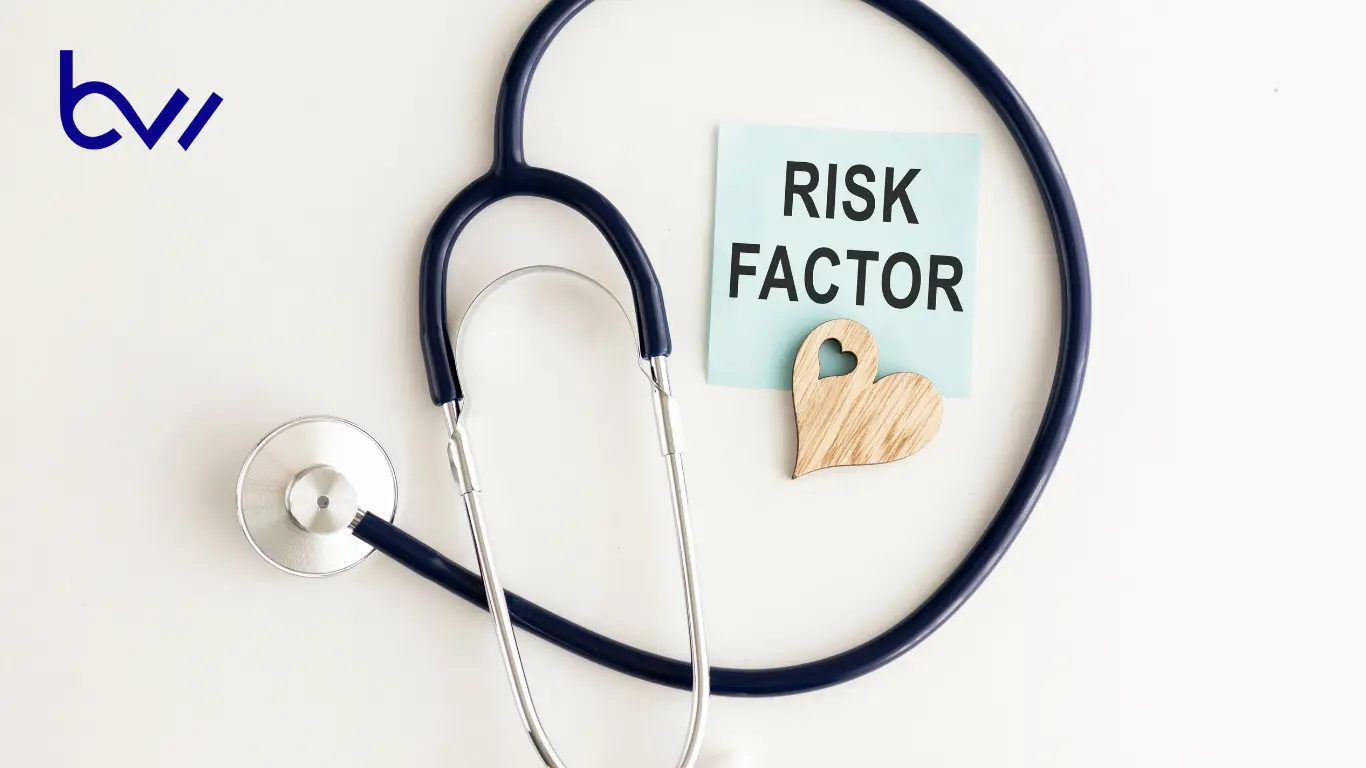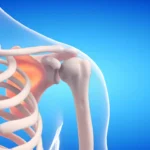When you hear about Pyelonephritis, it refers to a kidney infection in which bacteria travel to the kidney through the urinary tract. As the patient has been diagnosed with a kidney infection, immediate treatment is required; otherwise, the long-term effects of the kidney infection can lead to severe conditions. You can identify early signs of a kidney disorder, such as flank pain, which may be a sign of a kidney infection. Don’t panic; consult your doctor and begin the treatment. Fortunately, there are several ways to prevent this infection and protect your kidneys from damage.
For many people who are unfamiliar with pyelonephritis, we will explore this topic so that those experiencing early symptoms can receive timely medical assistance.
Define kidney infection:
People who are suffering from urinary tract infection (UTI) are the main suspects of Urosepsis, which is the advanced stage of kidney infection. The cause of this infection is not just a UTI; sometimes, the bacteria enter the bloodstream while traveling into both kidneys and cause acute kidney injury. According to U.S. research, kidney infections are a rare phenomenon; however, in America, there are still 100,000 emergency room visits annually. To understand, hospitalisation is necessary if you experience early symptoms of a kidney infection.
Can a kidney infection cause death?
Pyelonephritis is caused by a harmful bacterium that travels from the urethra to the ureters and into the kidneys. It can occur through surgery or naturally, but it’s a rare phenomenon. The question is how long this infection can last before it becomes fatal? The answer is very simple: if a patient is experiencing the early signs of a kidney infection, they require medical attention. But if he neglects the symptoms and never takes any medical assistance, then it will cost him a lot. He may suffer from severe UTI, or a kidney infection that will take him to an even worse condition and diseases.
Due to its potential severity, patients with kidney infections require prompt medical attention, as the symptoms of the disease can worsen rapidly. The National Institute of Diabetes and Digestive and Kidney Diseases (NIDDK) said that.
“Kidney infections account for most hospitalizations for urinary tract infections in the United States annually, indicating their seriousness.”
That means Pyelonephritis is common in the USA, but it can be deadly if not prevented on time.
Differences between UTI and kidney infection:
It can be explained as a urinary tract infection (UTI), a broad term referring to an infection occurring anywhere within the urinary system, including the bladder, urethra, ureters, and kidneys. Most UTIs are lower tract infections, commonly affecting the bladder (cystitis) and urethra (urethritis). These infections typically cause symptoms including:
- Burning during urination
- Frequent urges to urinate
- Cloudy or foul-smelling urine
- Pelvic discomfort
UTIs are usually caused by bacteria, with E. coli being the most common culprit. They can often be treated effectively with a short course of antibiotics if diagnosed early.
On the other hand, a kidney infection is a more severe form of UTI that spreads specifically to the kidneys. Unlike lower tract infections, kidney infections often present with more intense symptoms such as:
- High fever
- Chills
- Flank or back pain
- Nausea and vomiting
- Urinary discomfort
Because the kidneys play a vital role in filtering waste and regulating fluid balance, an untreated kidney infection can lead to serious complications, including sepsis or permanent kidney damage. While both conditions stem from bacterial infections in the urinary system, kidney infections are more serious, require longer antibiotic treatments, and may sometimes necessitate hospitalization.
Symptoms Of A Kidney Infection:
Discussing the signs of a severe kidney infection, hematuria is a key indicator. Even if a person doesn’t have any other severe symptoms, they can assess their situation by checking the urine colour at home and seeking medical assistance immediately.
The kidney infection symptoms develop quickly, and the patient can experience the following symptoms, including:
- Chills
- Diarrhea
- High Fever up to 103.1°F
- Flank pain
- Fatigue
- Nausea And Vomiting
- Shivering
- Weakness
If you get a kidney infection due to UTI specifically, then you may experience these signs as well, including:
- Blood In Urine
- Frequent Urination
- Bad-smell or Cloudy Urine
- Pain While Urinating
- Feeling That You Can’t Empty The Bladder Fully
- Lower Stomach Pain
Moreover, in children, the signs of kidney infection are not always clear, and they may be unable to describe their condition. So, examine them; if they have a poor appetite, diarrhoea, or vomit, then these are apparent symptoms. Their recovery time from a kidney infection is also different from that of adults.
What Are Kidney Infection Risk Factors?
When discussing kidney infections, there are several situations in which a person is at a higher risk of such infections. The most common risk factors of kidney infections are as follows:
- If someone has had a UTI infection recently or in the past 12 months.
- Females develop pyelonephritis
- High risk during Pregnancy
- Injuries like Spinal cord injury
- Uncontrolled diabetes
- Urinary retention
- Urinary tract defects
- Destabilized immune system
In addition, other issues such as kidney stones can be a significant cause of pyelonephritis. According to a study on 788 females aged between 18 and 49 years old, these non-pregnant ladies demonstrate the risk factors that include:
- Diabetes
- Frequency of sexual intercourse
- Recent use of spermicides
- Recent incontinence
- Recent UTI
- New sexual partners within the past 12 months
The females required hospital treatment for pyelonephritis due to a history of UTI.
Causes Of Pyelonephritis:
The leading cause of kidney infection is bacteria that enter the bloodstream and cause disease. The commonly known bacteria are:
- Gram-negative bacteria are renowned for their resistance to antibiotics and antimicrobial agents. Due to this bacterium, the body doesn’t even respond to some antibiotics.
- Another is Escherichia coli, which is commonly found in the human digestive tract. However, it can enter the urinary tract during sex or improper wiping after a bowel movement.
These bacteria can enter the kidneys through two possible pathways: the urinary tract and the bloodstream. However, if we follow the procedure, the body automatically flushes out the intruder with urine. So, it is not possible to have an infection unless the bacteria are strong enough and manage to stay in the kidney.
How is a kidney infection diagnosed?
To diagnose a kidney infection, your doctor will review your medical and family history and ask questions about your symptoms. Then, they can order several tests:
Urine tests
In most cases, doctors can diagnose the infection with a simple urinalysis. A lab technician examines your urine sample under a microscope and checks for bacteria and white blood cells that fight infection.
Your doctor may order a urine culture test to identify the bacteria responsible for the infection. This can determine the best course of treatment.
Imaging tests
Your doctor may order additional imaging tests, such as a CT or a kidney ultrasound, to check for blockage or collections. This helps your doctor adjust the treatment to prevent complications.
Another imaging test is a voiding cystourethrogram (VCUG). It’s an X-ray of your bladder and urethra with contrast dye that can help identify any additional problems contributing to your infection.
What is the treatment for a kidney infection?
The most common and effective treatment for a kidney infection is antibiotics. In most cases, you can do it at home. However, if your condition is severe, you may need IV antibiotics in the hospital.
Your doctor will prescribe antibiotics for a period of up to two weeks. Commonly prescribed antibiotics for kidney infections include:
- Amoxicillin
- Augmentin
- Ciprofloxacin
- Ceftriaxone
- Cephalexin
- Levofloxacin
- Trimethoprim-sulfamethoxazole (TMP-SMX)
While you may feel better in just a few days, it is essential to complete the full treatment. This reduces the risk of the infection returning or becoming resistant to antibiotics. Six weeks after your treatment, your doctor will order urine tests to check that the infection has gone.
Complications of a kidney infection:
An untreated kidney infection could cause serious complications, including:
- Abscess formation
- Sepsis
- Kidney vein thrombosis (a blood clot in the renal vein)
- Acute kidney failure
Without treatment, you can die from a kidney infection. Please contact your doctor immediately if you experience any symptoms.
If you have these sepsis symptoms, seek urgent medical care as it can be life-threatening:
- A high fever or low body temperature causing chills, shivering, or clammy skin
- Severe breathlessness or fast breathing
- A fast heartbeat
- A change in your mental state, like disorientation or confusion
- Slurred speech
- Severe muscle pain
- Nausea, vomiting, or diarrhea
- Feeling dizzy or faint
Preventing kidney infection complications can be challenging if it is not treated on time. Every patient has a unique timeline for pyelonephritis, so avoid comparing yourself to others and seek the best treatment promptly.
How to prevent kidney infection?
Here are some practical ways to prevent kidney infections:
- Stay hydrated: Drink plenty of water daily to help flush bacteria out of the urinary tract.
- Don’t hold urine for too long: Empty your bladder regularly to reduce bacterial growth.
- Wipe properly: Always wipe from front to back after using the toilet to prevent bacteria from spreading from the anal area to the urethra.
- Practice good hygiene: Keep the genital area clean, especially before and after sexual activity.
- Urinate after intercourse: This helps flush out any bacteria that may have entered the urinary tract.
- Avoid irritating products: Stay away from harsh soaps, powders, or sprays in the genital area that can upset the natural balance.
- Wear breathable underwear: Cotton underwear and loose-fitting clothing help reduce moisture buildup, where bacteria can thrive.
- Treat UTIs promptly: Seek medical care at the first signs of a urinary tract infection to prevent it from progressing to the kidneys.
The lowdown:
Every year, kidney infections affect thousands of Americans. With the correct treatment, these infections can go away within days. However, a lack of proper treatment could cause severe complications, including kidney failure, sepsis, or even death.
If you suspect a UTI or a kidney infection, contact your doctor as soon as possible.
Frequently asked questions:
1. How long does it take for a kidney infection to become fatal?
If untreated, a kidney infection can become life-threatening within a few days, as it may lead to sepsis. Prompt antibiotics usually prevent fatal outcomes.
2. What are the signs of a severe kidney infection?
High fever, chills, severe back or side pain, nausea, vomiting, and confusion are all signs of a severe kidney infection. These require urgent medical care.
3. Does cephalexin treat kidney infections?
Cephalexin can sometimes be used to treat mild kidney infections, but it is not typically the first choice. More potent antibiotics are often preferred for better kidney penetration.
4. How bad does a kidney infection have to be to be hospitalized?
Hospitalisation is necessary if the infection causes severe symptoms, vomiting, dehydration, or a risk of sepsis. It’s also required for high-risk patients like during pregnancy or those with chronic illnesses.









